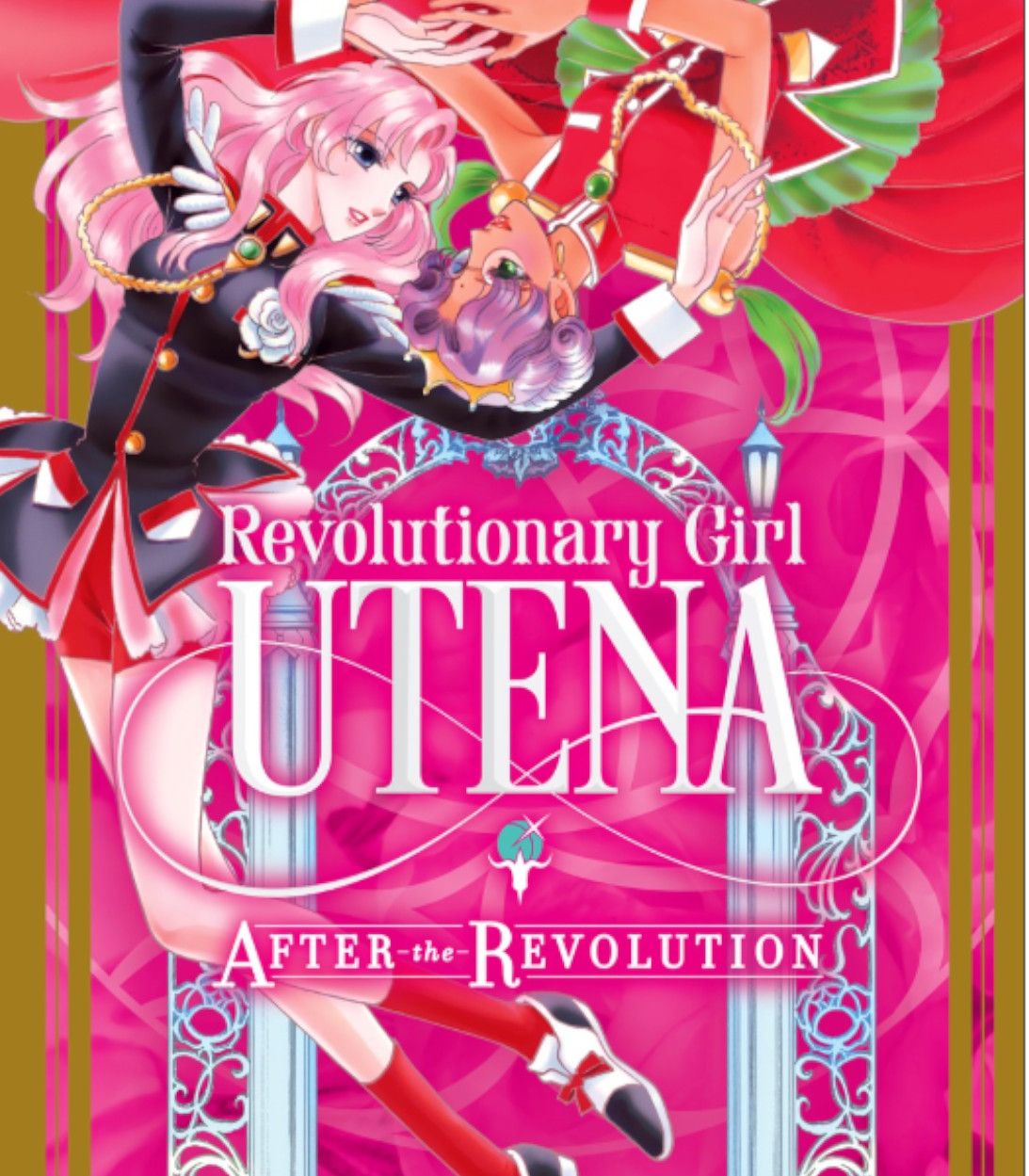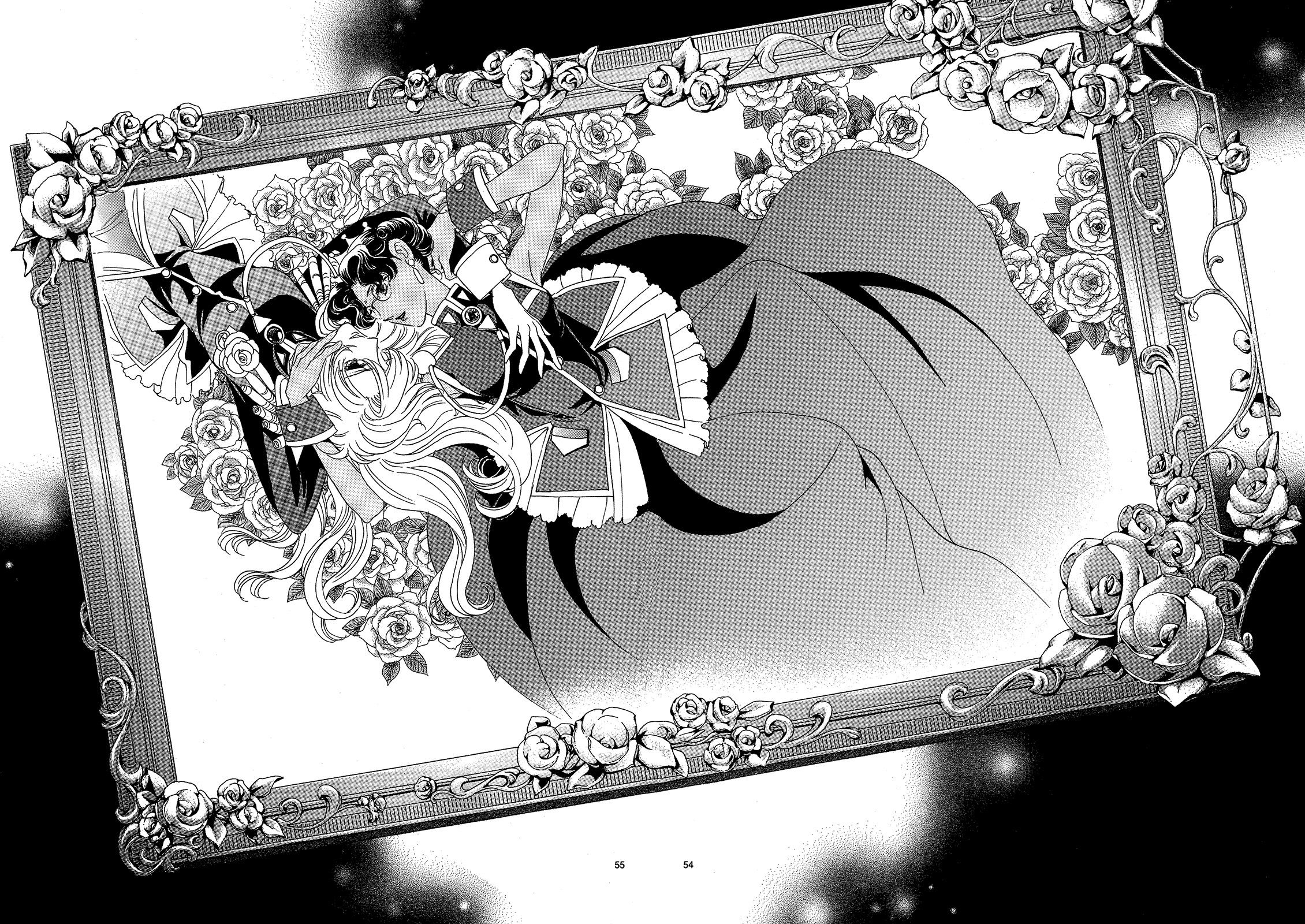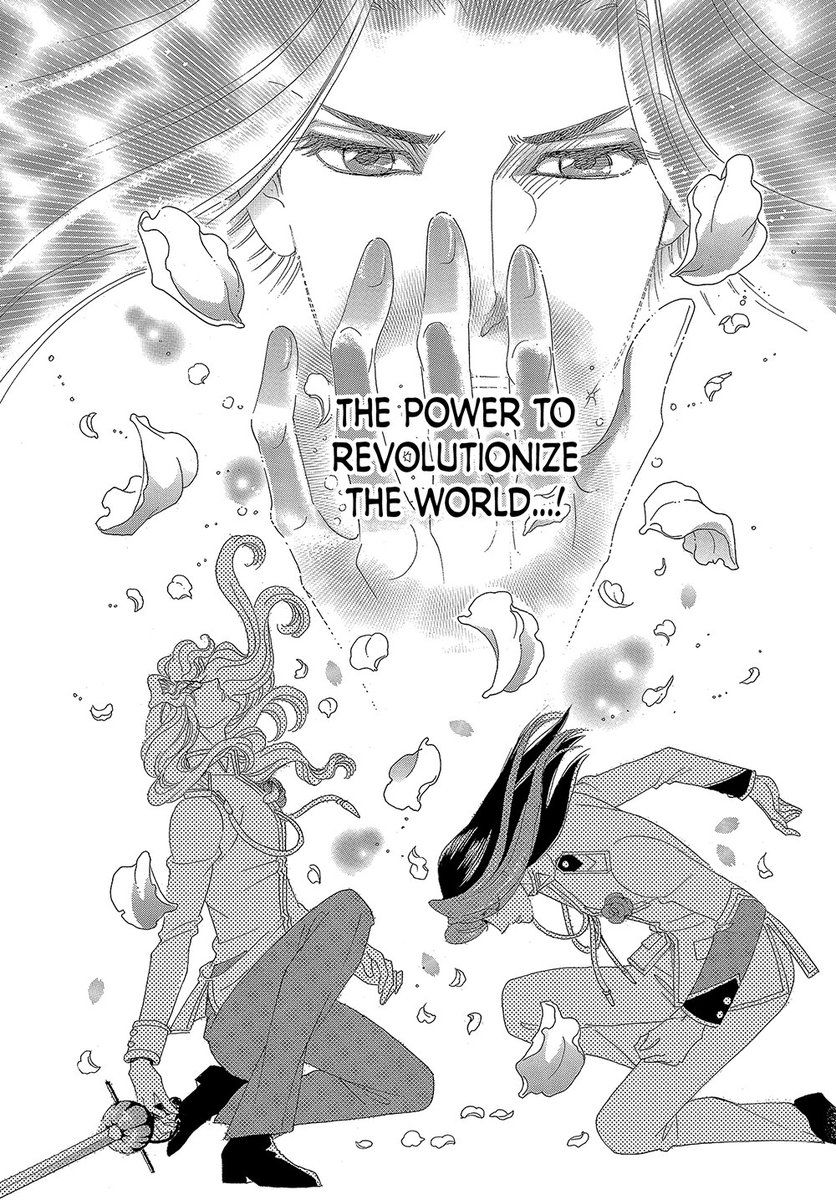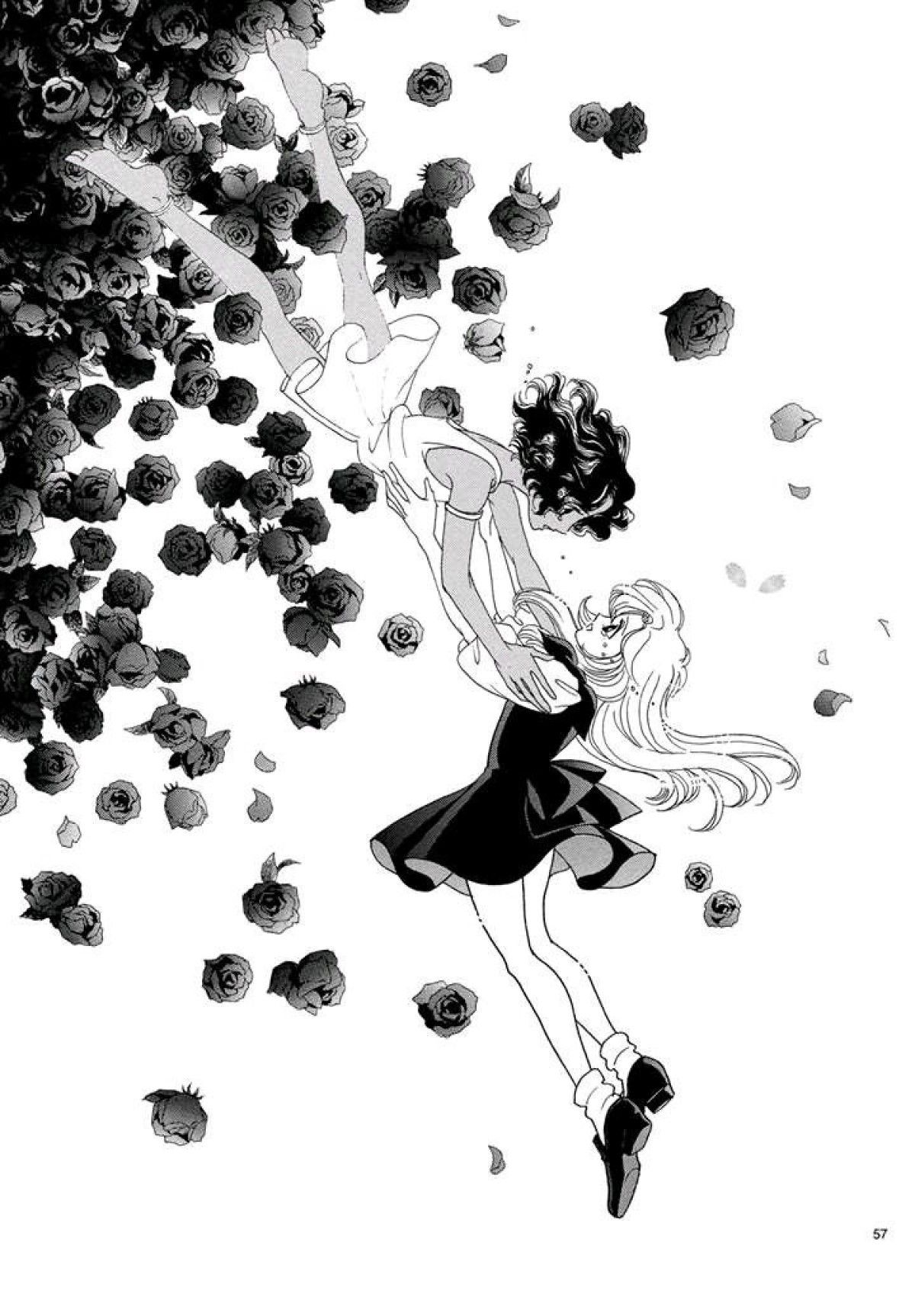Revolutionary Girl Utena: After the Revolution Is an Uplifting Return To Ohtori Academy
- WRITER
- Chiho Saito
- Artist
- Chiho Saito
- Publisher
- Viz Media
- Price
- 12.99
- Release Date
- 2020-10-06
With very real revolutions happening all over the world, right at this very moment, it would be easy to think that Revolutionary Girl Utena: After the Revolution has nothing to offer. The scale of real-world suffering and resistance is so massive and heart-wrenching and tangible...what could a manga give us except empty platitudes about "changing the world?" But people write stories to share certain truths and, reading through After the Revolution, it's abundantly clear that mangaka Chiho Saito had something real to say.
Written in celebration of Revolutionary Girl Utena's 20th anniversary, After the Revolution takes place a whopping 20 years after the series ended. Rather than one single story, the volume collects three separate stories following the former members of Ohtori Academy's student council: Kyouichi Saionji and Touga Kiryuu (who co-star), Juri Arisugawa and Miki Kaoru. Now well into adulthood, each finds themselves struggling with their positions in life, though they don't realize it until a certain prince-like girl gets involved.
The Council Members' individual stories are tied together by Utena, who disappeared during her final duel against Akio Ohtori. She appears to them mainly as a child in a black dress, in search of a girl who's "supporting the world all by herself." To that end, she instigates duels during pivotal moments of their everyday lives, granting them the "power to revolutionize the world" and break out of the mindsets that keep them held in place. With each of their personal "revolutions," she is able to move forward in her own journey to find this girl, to find Anthy.
After the Revolution is a less-than-ideal jumping on point for new fans. Aside from a character page and an explanation of how the series ended, there isn't much here to get newcomers up to speed. Older fans, on the other hand, will find plenty here to intrigue. The story doesn't offer much in the way of closure, but it opens the door to plenty of possibilities within the world. After the Revolution follows the anime more closely than it does the manga, but even then, it's hanging on by a thread, considering it takes place 20 years later. Utena isn't quite Utena and the volume has a notable lack of Nanami Kiryuu, but the way the story is presented offers yet another, more grounded and personal interpretation of the Utena story. And, by now, Utena fans should be used to every installment bringing something different to the table.
Chiho Saito's art calls back to the heyday of shoujo manga, full of lovely frills and sparkling eyes. It's uniquely retro, while also being completely on-point for Utena. Nothing can quite capture the surrealism of the Utena anime, but Saito succeeds in her own way, realizing the dream-like nature of the old Council Members' trials through delicate linework and melodramatic staging. Every character is positioned and drawn just so, making for some exceptionally stylish, undeniably shoujo artwork straight out of 1997.
The best thing to come out of After the Revolution by and large is its message. Change is at the center of each story, but not the easy sort of change. To claim the power to revolutionize the world, each Council Member has to acknowledge the losses of their past, to face head-on the things that hurt so they can better move forward. Utena anime director Kunihiko Ikehara says it best in the afterword: "forgetting and ignoring loss is not the way to reach [the future]. Loss is a part of life." Fittingly, the Utena in After the Revolution isn't the Utena they once knew — not that any of them actually recognize her — but a version of her that finally became the prince she always strived to be, an agent of change.
It turns out that this power isn't anything magical. It's not the strength to fell a thousand foes or the ability to alter reality with just a thought. It's something more real. The "power to revolutionize the world" is the realization that they, the Council Members, are still evolving as people. It's the realization that, instead of resigning themselves, they need to reach out and connect with others, even if the outcome is uncertain. It's finding the resolve to keep living and changing and growing and learning. And it's through these little revolutions, these changes within themselves and between each other, that the world will eventually change for the better. Early on, Utena mentions that "there's a girl who hasn't given up on the world." But by inspiring the council members and giving them the push they need, Utena ensures that she and Anthy are no longer alone. It's an uplifting message at any time, but especially now, and is one that subtly mounts throughout the volume.
Revolutionary Girl Utena: After the Revolution could've easily been a fanservice-fueled send-up of one of anime's most influential series. Instead, Chiho Saito and Be-PaPas took the time to include a meaningful message in a bit of an unexpected way. Utena has always sent the right message to the people that need to hear it most and After the Revolution is no different. In shaky, scary times, its heartfelt message championing an unkillable revolution rings loud and clear.




